Date: 18 June 2015
And while plastic and glass screen covers can add a small layer of protection, they’re highly susceptible to wear, can pull free or cause bubbles on the screen, and are often expensive. Specialized glass coatings, on the other hand, offer a durable and aesthetically pleasing solution. SCHOTT developed two “Hard & Clear” glass coating solutions that both reduce scratches and reflection compared to traditional alumino-silicate cover glass. These innovative glass coatings can protect smartphones, tablets, and wearables from everyday bumps and bruises.Glass is a key feature in mobile devices and other emerging technologies, such as wearables, OLEDs, and 4K screens. It’s the barrier that keeps us connected to the digital world, yet it’s highly susceptible to damage. Every screen has two major weaknesses: Scratches and glare. Glare from the sun or overhead lights can obstruct our ability to digest information and scratches and cracks can distorts screen views.
Because glare reduction and scratch protection were topics of conversation at Display Week 2015, let’s see how new glass innovations were tested to protecting the world’s latest and greatest digital displays.
Above the standard
It’s a rough-and-tumble world out there, and our mobile devices are often along for the ride. They’re dropped down stairs, thrown into crowded purses, and must even face the elements. For example, on sunny days, our screens must compete against the sun’s glare, often making it impossible to dial a phone number, check an email, or take a picture.
To assess the durability of the “Hard & Clear” coatings, SCHOTT simulated the bumps and bruises of the real world by conducting steel wool and sandpaper tests. The steel wool abrasion test is an industry standard, where a piece of steel wool type #0000 is rubbed against the glass 40 times per minute. In order to get an accurate reading of a coating’s strength, most materials must withstand about 3,000 cycles. But even after 10,000 cycles, the SCHOTT coatings did not scratch.

The second test was a break from the industry norms: SCHOTT tested the coatings under a fierce sandpaper test, which mimicked the long and deep screen scratches that can be caused by keys, coins, and sand. This test was conducted at a force of two kilograms for 50 oscillations. The sandpaper used in this extreme test was harder than the sand you’d find at a beach, and is four- to five-times stronger than the metals used in keys and coins. In this abrasive test, the coating reduced scratches by more than 90 percent, while also diminishing glare and surface reflection.

Goodbye scratches and glare
Smartphones and tablets have become an integral part of our daily lives, but daily wear and tear continues to take a toll on even the most durable device screens. Yet new coating technologies are finally finding ways to protect innovation. SCHOTT’s “Hard & Clear” coatings are the greatest line of defense saving our devices from scratches and glare.

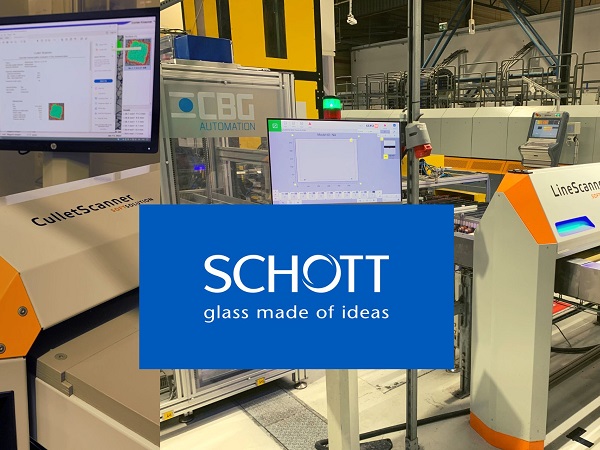
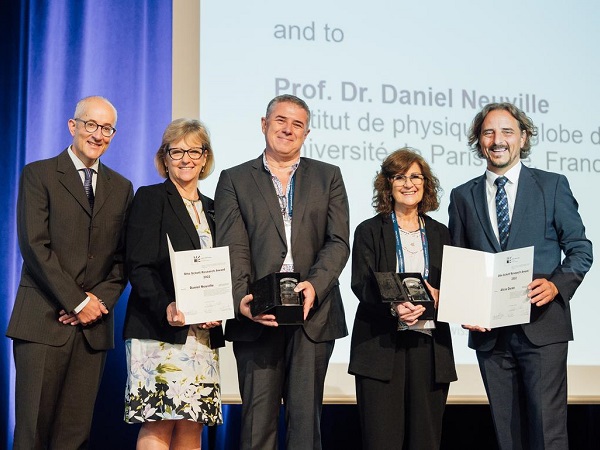
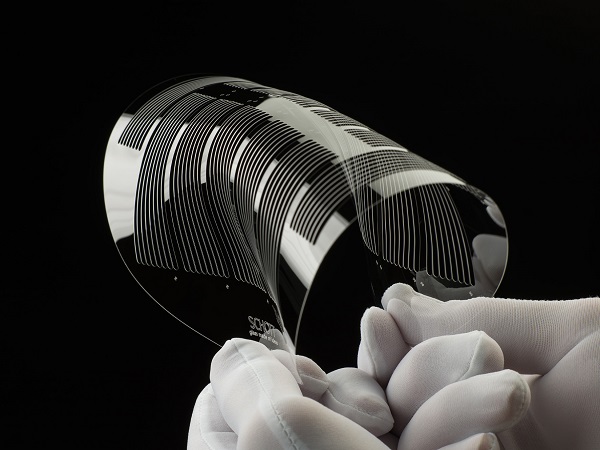
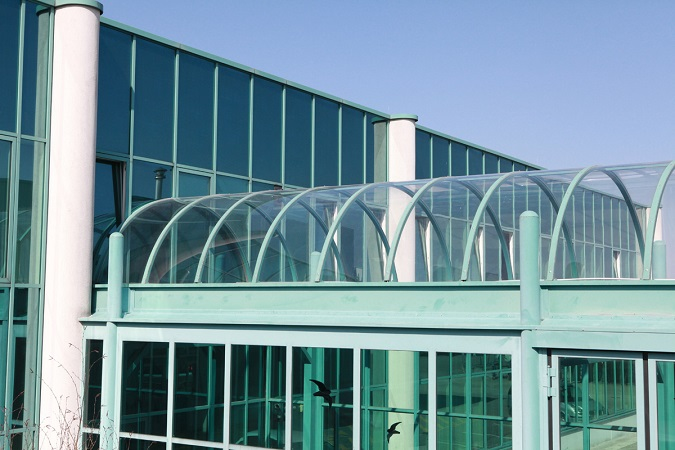
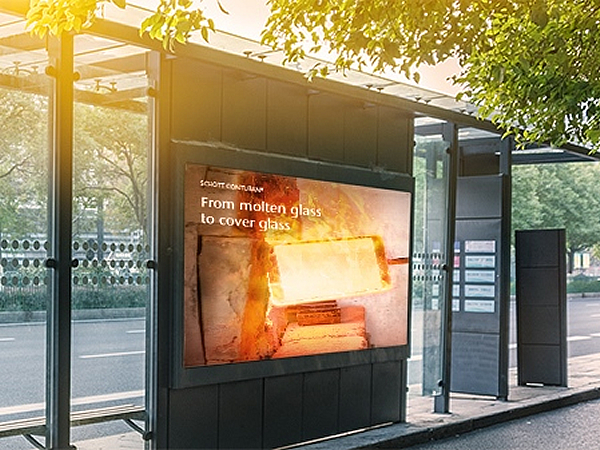
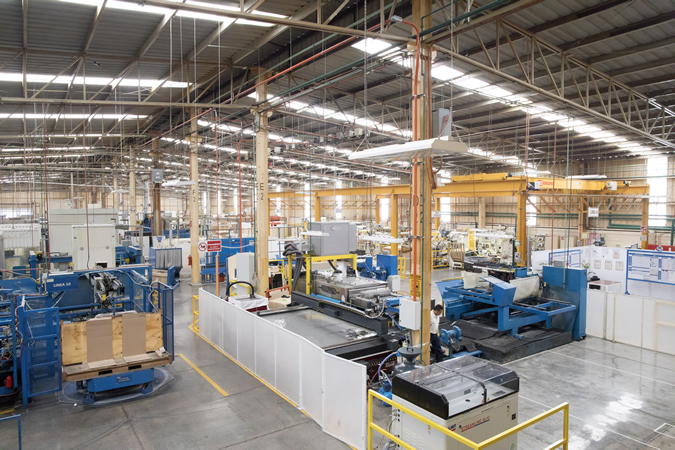
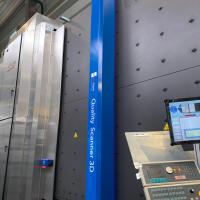

Add new comment